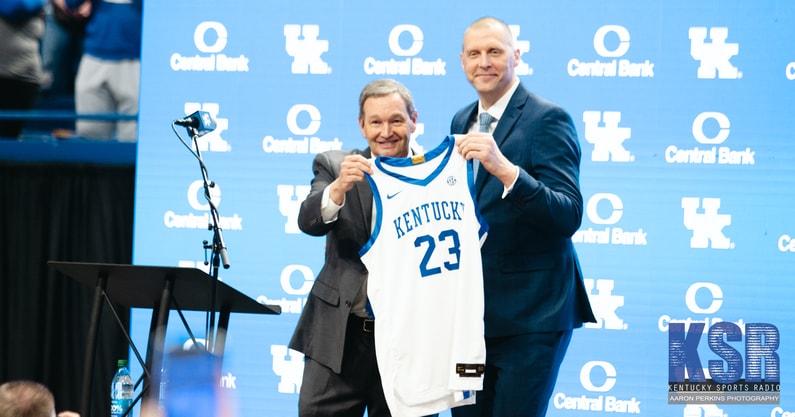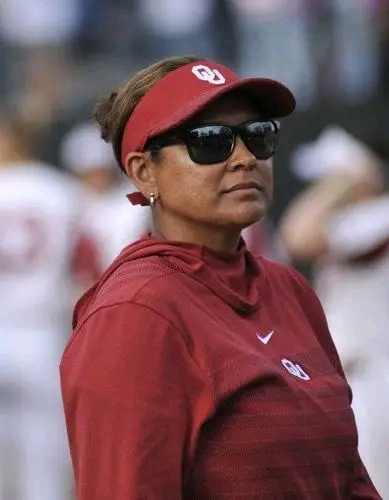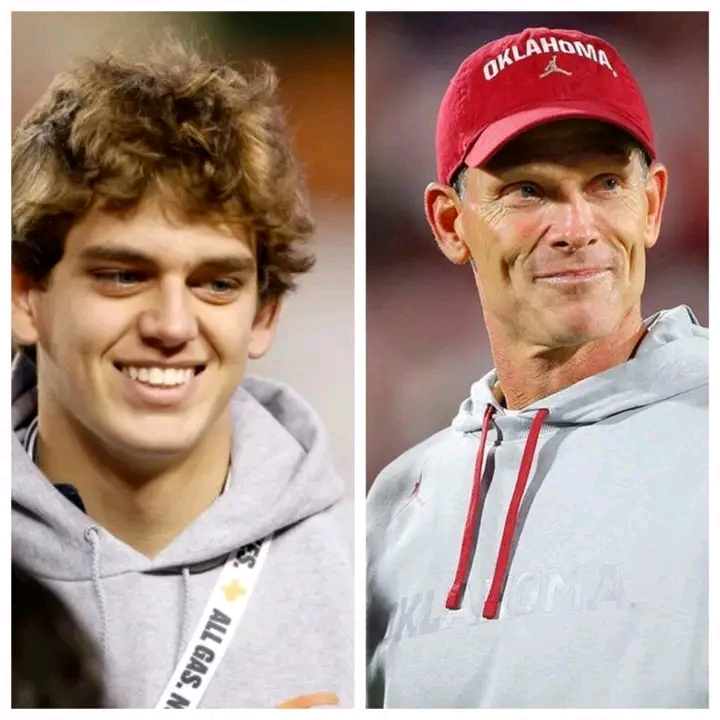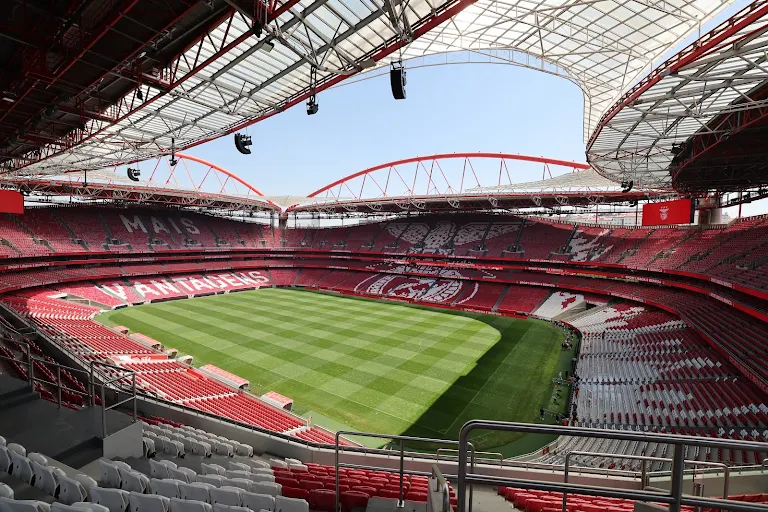
The University of Kentucky is taking a proactive and aggressive approach as college athletics enters a new financial era defined by revenue sharing, name-image-likeness (NIL) deals, and increased pressure to remain competitive on and off the field. With recent legislative developments and changes in NCAA policy pointing toward a future where schools may be required to directly compensate student-athletes, Kentucky is making strategic investments now to ensure long-term success.
At the core of Kentucky’s strategy is the belief that spending money today will yield returns tomorrow — not only in wins and championships, but also in program stability, brand growth, and recruiting power. The university has already announced significant financial commitments toward facilities upgrades, staff expansion, and athlete support services. These include multimillion-dollar renovations to Kroger Field, upgrades to training and recovery centers, and expanded resources for academic and career development.
The timing of these investments is no accident. With power conferences like the SEC and Big Ten preparing for a future where schools may share a portion of TV and media revenue with athletes, Kentucky is positioning itself as a leader rather than a follower. Athletic Director Mitch Barnhart and university leadership have publicly stated their intent to be competitive not just in the standings but in the financial structure that will define college sports moving forward.
One major area of focus is NIL infrastructure. Kentucky has bolstered its internal NIL support team, offering guidance, brand development services, and legal resources to athletes navigating endorsement deals. The school has also partnered with third-party collectives and local businesses to ensure that Wildcat athletes have access to one of the most supportive NIL ecosystems in the country. These moves reflect a broader understanding that success in the modern college sports landscape goes beyond coaching and talent—it now requires financial savvy and institutional alignment.
Behind these initiatives lies a larger truth: the economic model of college athletics is changing rapidly. With legal and political pressure mounting, many believe that some form of revenue sharing with athletes is inevitable within the next few years. By investing now, Kentucky is betting that the schools most prepared for this transition will be the ones that thrive in the long run.
Critics




